
- #best-cycling-cadence-sensors - Best Cycling Cadence Sensors for Training Data
- #cycling-cadence-sensors-review - A Comprehensive Review of the Best Cycling Cadence Sensors
- #cadence-sensors-benefits - The Benefits of Using a Cadence Sensor for Cycling Training
- #how-to-choose-cycling-cadence-sensor - How to Choose the Right Cycling Cadence Sensor for Your Training
- #cycling-guider-products - Best Cycling Gear and Cadence Sensors at Cycling Guider
Best Cycling Cadence Sensors for Training Data
Cycling cadence is a critical metric for any cyclist, whether you're a professional athlete or a weekend warrior. Understanding and tracking your cadence—essentially the number of pedal strokes per minute—can drastically improve your cycling efficiency and performance. The best way to monitor your cadence is with a cycling cadence sensor, a compact device that provides real-time data, helping cyclists optimize their training. In this article, we'll explore the best cadence sensors available and how they can benefit your training.
From basic models to high-tech devices with advanced features, the world of cadence sensors can be overwhelming. Whether you’re looking for accuracy, compatibility with other devices, or ease of use, the right sensor can make a huge difference. Let's dive into the top choices for the best cycling cadence sensors, how they work, and which one is the best fit for your training goals.
A Comprehensive Review of the Best Cycling Cadence Sensors
The market offers a wide variety of cycling cadence sensors, each with its own set of features. Let’s take a closer look at some of the most popular models, examining their benefits, features, and customer reviews.
1. Wahoo RPM Cadence Sensor
The Wahoo RPM Cadence Sensor is a popular choice among cyclists due to its sleek design, ease of installation, and compatibility with other devices. This sensor fits easily on the bike’s crank arm and pairs wirelessly with your smartphone, bike computer, or sports watch. Its compact design and reliable Bluetooth and ANT+ connectivity make it a solid choice for cyclists at any level.
The Wahoo RPM provides accurate cadence readings, and its long battery life (up to 12 months) ensures that you won’t have to worry about constant recharging. It’s also compatible with the Wahoo Fitness app, allowing you to track your progress and analyze your performance. Overall, the Wahoo RPM is known for its simplicity, accuracy, and durability, making it one of the best cadence sensors on the market.
2. Garmin Cadence Sensor 2
Garmin is a trusted name in the cycling world, and their Garmin Cadence Sensor 2 lives up to the brand’s reputation. This sensor is easy to attach to your bike and offers both ANT+ and Bluetooth connectivity, making it compatible with a wide range of devices. Whether you're using a Garmin bike computer or another compatible app, the Garmin Cadence Sensor 2 ensures you get accurate data to fine-tune your cycling technique.
What sets the Garmin Cadence Sensor 2 apart is its advanced functionality. It’s small, lightweight, and designed to be worn on either the crank arm or pedal, providing flexibility in how you position the sensor. The device offers real-time data and can sync with a variety of fitness tracking apps, helping you track your cycling progress over time.
3. Polar Cadence Sensor
Polar is another well-respected brand in the world of cycling, and their Polar Cadence Sensor offers excellent value for cyclists looking for reliable data without breaking the bank. Known for its simple design, the Polar sensor is easy to install and works well with Polar’s fitness tracking apps and a wide variety of third-party devices.
The Polar Cadence Sensor uses Bluetooth Smart technology for wireless data transmission, ensuring you get accurate and timely readings. It’s a great choice for those who prefer straightforward devices without a lot of extra features. The sensor is also lightweight, making it ideal for cyclists who don’t want to add unnecessary weight to their bike setup.
4. Stages Cycling Cadence Sensor
For those looking for high-quality performance, the Stages Cycling Cadence Sensor is a top contender. This sensor is built with professional cyclists in mind, offering precise measurements of your cadence, as well as data on power output when paired with a Stages power meter. It’s compatible with both Bluetooth and ANT+ devices, making it versatile for use with a variety of cycling computers and mobile apps.
One of the standout features of the Stages Cycling Cadence Sensor is its accuracy and reliability. Whether you’re training for a race or simply working to improve your fitness, this sensor will provide the detailed data you need to enhance your performance. While it comes at a premium price, the Stages Cycling Cadence Sensor is well worth the investment for serious cyclists.
The Benefits of Using a Cadence Sensor for Cycling Training
Using a cadence sensor during your training has several benefits that can enhance your cycling performance. Here’s why incorporating cadence tracking into your routine is so valuable:
1. Improved Pedal Efficiency
Tracking your cadence helps you identify your optimal pedal stroke range, which can improve your efficiency on the bike. By maintaining a consistent and efficient cadence, you can avoid overexerting yourself and prevent fatigue. This is especially important for long rides, where conserving energy is key to maintaining performance.
2. Better Training Data
Cadence sensors provide accurate, real-time data that can be used to track progress and set goals. Whether you're training for a competition or just trying to get in better shape, understanding your cadence can help you fine-tune your workouts. This data allows you to make adjustments and optimize your training plan.
3. Enhanced Performance in Different Terrain
Cyclists often face varying terrains, such as hills and flat stretches. With a cadence sensor, you can monitor how your cadence changes when riding uphill versus downhill or on flat terrain. This information can help you adjust your strategy to improve speed and endurance based on the conditions.
How to Choose the Right Cycling Cadence Sensor for Your Training
Choosing the right cadence sensor depends on a few key factors, including compatibility, ease of use, and additional features. Here’s what to consider when selecting a cadence sensor for your cycling training:
1. Compatibility
Make sure the cadence sensor is compatible with your bike computer, smartphone, or sports watch. Most modern cadence sensors are designed to work with both Bluetooth and ANT+ devices, but it’s always best to double-check before purchasing.
2. Features
Some cadence sensors come with advanced features, such as heart rate monitoring or power output tracking. If you’re a serious cyclist, these additional metrics may be useful for fine-tuning your performance. However, if you're just starting, a basic sensor that tracks cadence may be sufficient.
3. Ease of Installation
Look for a cadence sensor that’s easy to install and doesn’t require complicated setup. Many sensors simply attach to the crank arm or pedal, making installation a quick and straightforward process.
Best Cycling Gear and Cadence Sensors at Cycling Guider
At Cycling Guider, we offer a wide selection of the best cycling cadence sensors, along with other essential cycling gear. Whether you’re a competitive cyclist or just enjoy cycling as a hobby, our products are designed to help you improve your performance and get the most out of your training.
Visit our website today to explore our range of cycling sensors and gear, and discover how you can take your cycling performance to the next level with the right tools.

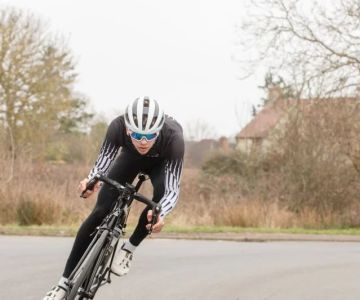
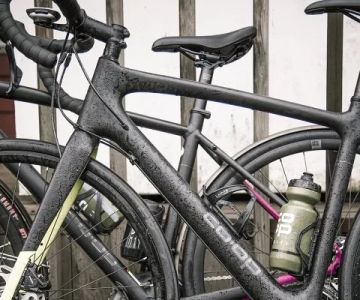
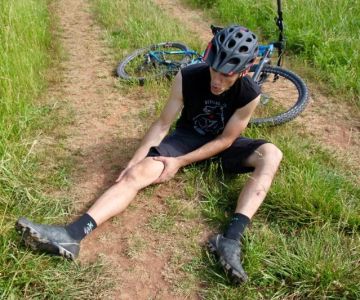
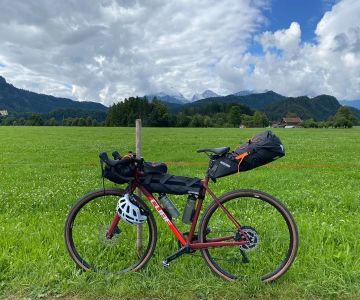
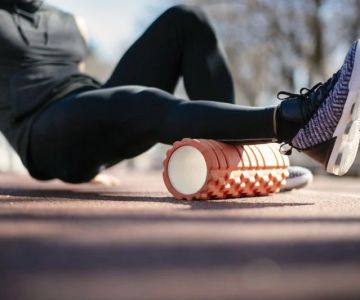

 Taller De Bicicletas3.0 (23 reviews)
Taller De Bicicletas3.0 (23 reviews)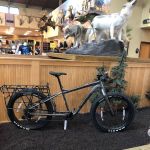 Mill Town Cycles4.0 (116 reviews)
Mill Town Cycles4.0 (116 reviews) Beach E-Bikes Rentals & Sales4.0 (32 reviews)
Beach E-Bikes Rentals & Sales4.0 (32 reviews)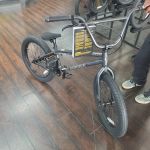 Inky's Bicycle Co Inc4.0 (195 reviews)
Inky's Bicycle Co Inc4.0 (195 reviews)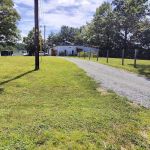 BikeHubStore.com5.0 (25 reviews)
BikeHubStore.com5.0 (25 reviews)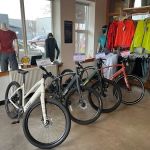 Vvolt eBikes | Portland5.0 (12 reviews)
Vvolt eBikes | Portland5.0 (12 reviews) How to Teach Kids to Ride a Bike: A Step-by-Step Guide for Parents
How to Teach Kids to Ride a Bike: A Step-by-Step Guide for Parents Tips for Riding on Busy City Streets: Smart Strategies for Urban Cyclists
Tips for Riding on Busy City Streets: Smart Strategies for Urban Cyclists Best US National Parks for Mountain Biking: Ride Epic Trails Across America
Best US National Parks for Mountain Biking: Ride Epic Trails Across America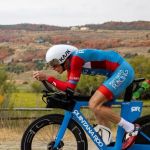 Best Aero Helmets for Time Trials and Racing
Best Aero Helmets for Time Trials and Racing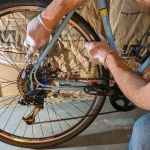 How to Clean and Lubricate Your Bike Chain Like a Pro
How to Clean and Lubricate Your Bike Chain Like a Pro 10 Must-Have Items for Long-Distance Cycling Trips
10 Must-Have Items for Long-Distance Cycling Trips